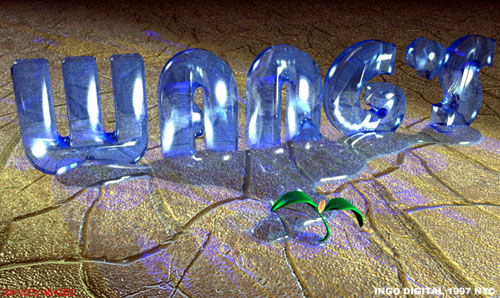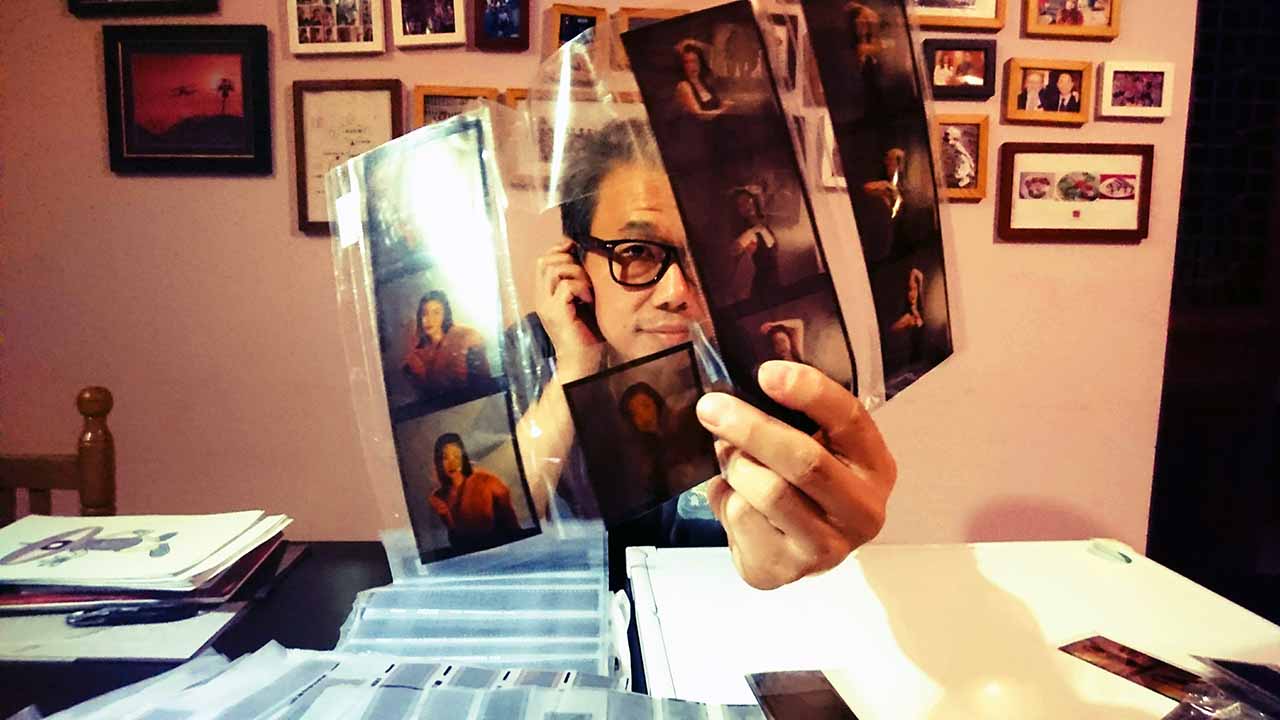
Although there are enormous benefits to work with media, files and devices in the digital domain, we are after all still living in an analog world. When you want to remind yourself any impressive past, you may like to touch on those things physically. As human beings, we still feel things with our fingers, hear things from our ears and see things through our eyes, all of which are decidedly well-developed “devices”.

Even nowadays increasingly large percentage of our everyday experiences may start out or somehow exist in digital form, none of our interactions with these experiences actually occur inside digital domain. Instead , though it’s very easy to forget , every one of these experiences happen in an extraordinarily “high-resolution” analog domain, aka. “The Real World”.
Indeed, if you look at the history of many innovations in everything from computing to media and beyond, the evolution has started out with analog efforts to create or recreate certain types of content or other information. Many of these early analog efforts had severe limitations, though, so for everything from computer files to audio and beyond, technologies were developed to create, edit and manipulate this kind of data in digital form.
While it may seem odd, and maybe even a bit silly, to point this out, as our world becomes increasingly digitized in the age of AI, it’s worth taking a step back to actually notice. It’s also worthwhile to recognize that not all technology-driven aspiration always pointing toward digital. As technology starts to advance, logically it should actually start to become more pro-humanity.
For the last few decades, we’ve seen the evolution of digital files and the enormous benefits in organization, analysis and creation that goes digitally has provided. Now, however, even those digital technologies can bring for areas such as entertainment content and certain types of experience , we’re starting to see the limitation on enjoyment provided by real life which even by adding extra digital bits to audio, photo and video.
Along this path of technological development, many people have also noticed, or more precisely missed. the kind of physical interaction that human beings innately exist as part of the great nature . The end result has been the rediscovery aor rebirth of older analog technologies that provide some kind of tactile physical experience that a purely digital world has started to remove. Most of those physical experience, for example, you may lost and found in the art worlds.
The best example is probably the way of photographing in real film and developing in dark room, which have seen a resurgence of interest even among Gen-Z teens and millennials over the last several years. As someone old enough to have an original collection of films, it should be able to remember and appreciate the potential of an analog image-working experience. With decades of digital onslaught, though, it’s easy to forget how amazing the image quality on a tiny frame in bare hand. You will enjoy the moment right away when have the opportunity to play with those beautiful image archives in storage.

There’s also been a turnaround in printed books. Following years of prognostications about the death of print, there was also news that e-book readers and e-book sales were on the decline, while printed books were actually starting to see increases again. Admittedly, an enormous amount of ground was lost here, but it’s fascinating to see that more and more people want to enjoy the wonderful analog experience that physical book-reading may provide.
Even beyond these examples, there’s still an enormous amount of value that people put into the touch, feel and experience of using digital devices. The way a device feels in your hand, how it feels when typing keyboard on a laptop, all still matter. Looking forward, advancements in both virtual reality and augmented reality are going to become highly dependent on some type of tactile, touch-based feedback in order to improve the “reality” of the experience they offer. Recently, we’ve also seen huge popularity toward some older “analog-style” vintage games.
Musicians have always obsessed over the feel and touch of particular instruments, and as our digital devices become the common instruments of our age, there’s something to be said for the quality of the tactile experience they can provide. Plus, in the case of musical instruments, one of the biggest trends over the last several years has been the tremendous refund popularity in knob-based, physically controlled analog synthesizers.
Of course, above and beyond devices, there’s the whole debate of returning more of our personal interactions back to analog form. After addicted on purely digital interactions, there’s growing interest and enthusiasm for cutting back on our digital time and focusing more on real person-to-person interactions among people of all ages.
Obviously, we’re not going to be reentering an era of analog technology, as fun and nostalgic as that might be. But as digital and AI moving on, it makes sense for technology-based products and experiences to try to recapture some of the uniquely tactile characteristics, feel and value that only comes from the real universe in where the greatest privilege for human beings. Why not to explore your potentiality from a real experience directly?